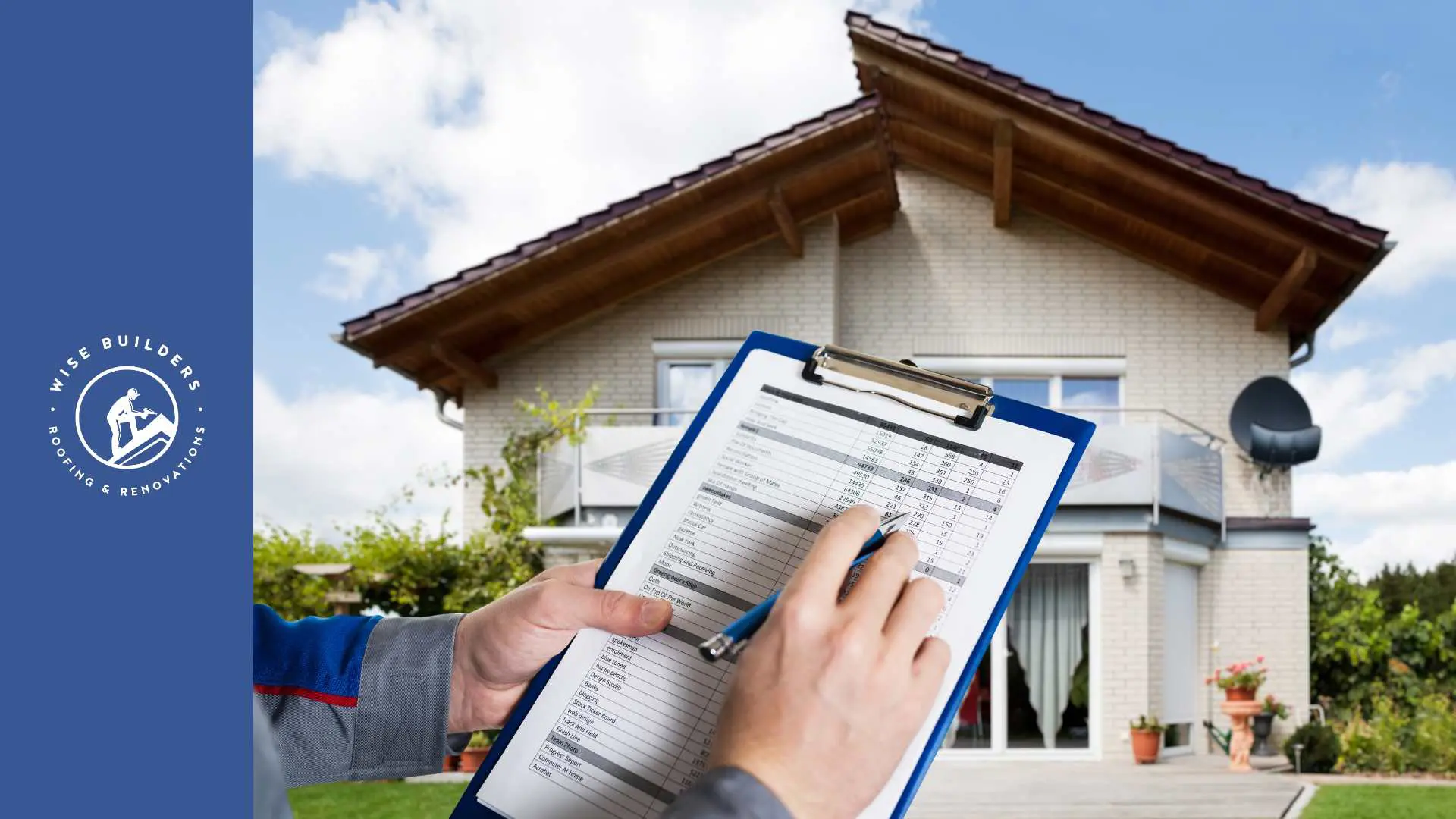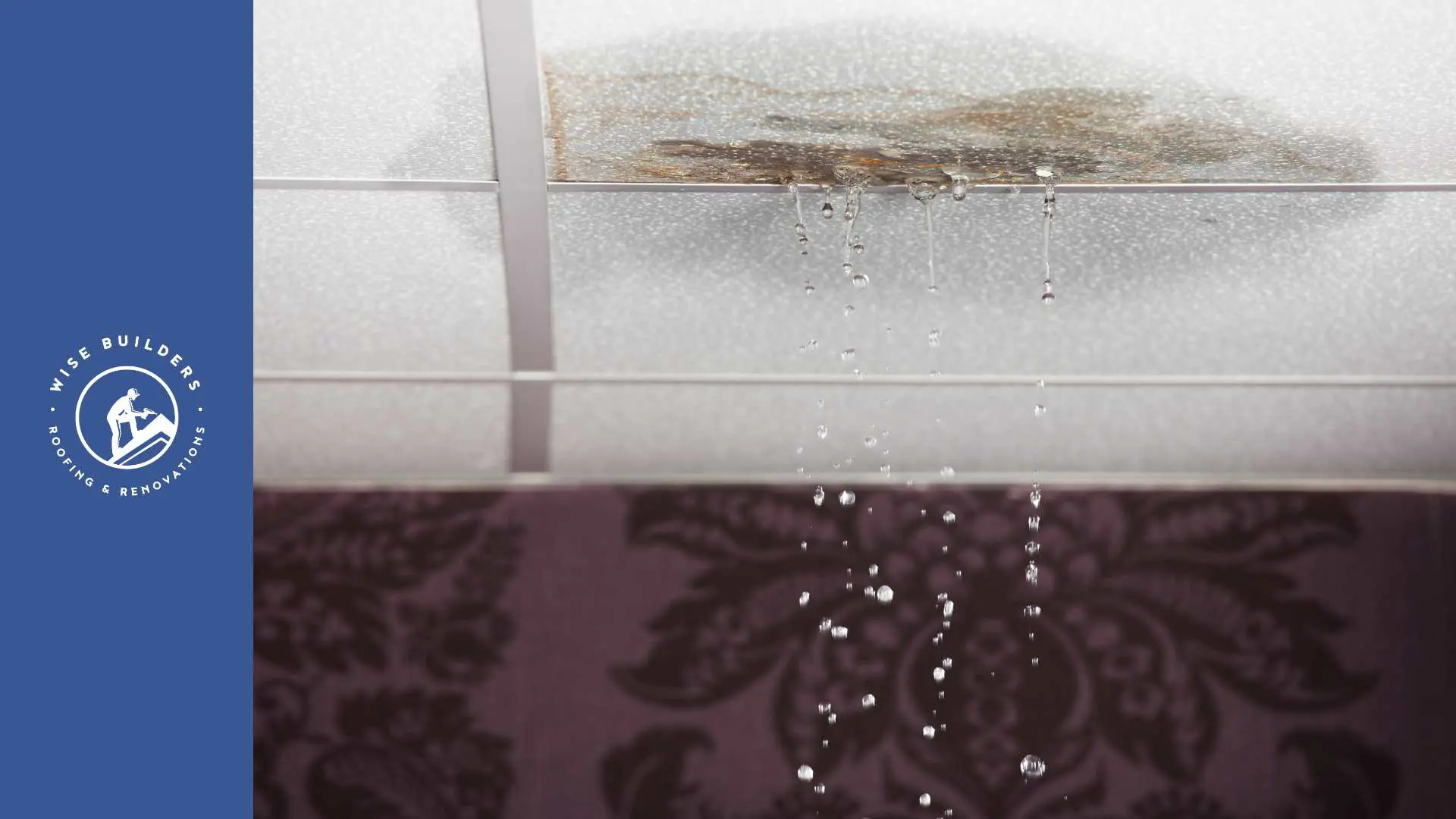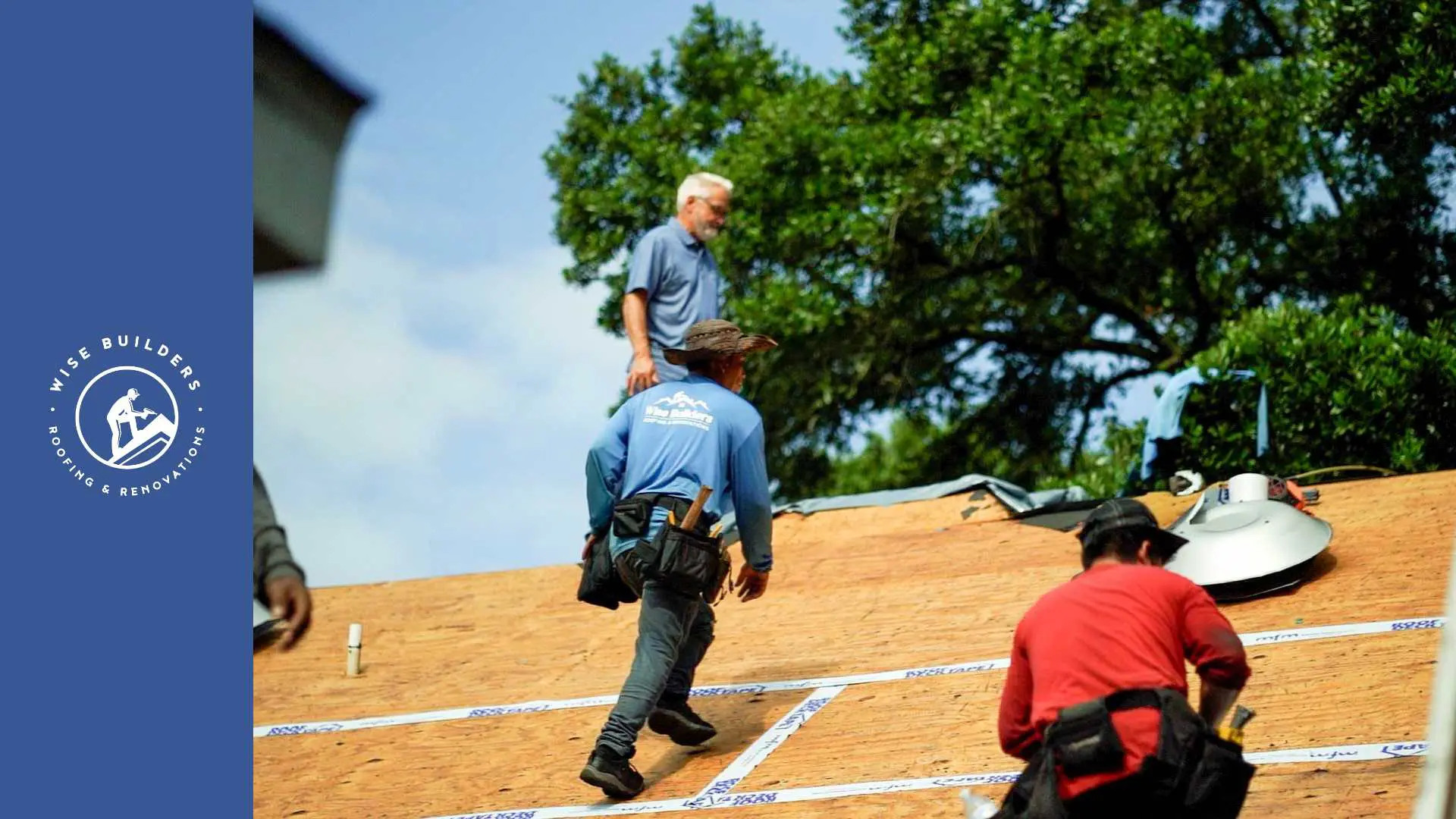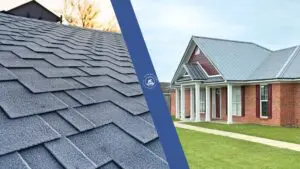In the realm of roofing solutions, EPDM (Ethylene Propylene Diene Monomer) roofing emerges as a superior choice for both commercial and residential properties with low-slope or flat roofs. Renowned for its exceptional durability, weather resistance, and cost-effectiveness, EPDM roofing offers a comprehensive solution to modern roofing needs. This guide delves into the intricacies of EPDM roofing, providing insights into its installation, maintenance, and the myriad benefits it brings to property owners.
Introduction to EPDM Roofing
EPDM roofing, a synthetic rubber roofing membrane, stands out in the roofing industry for its remarkable resilience and versatility. Crafted from ethylene and propylene, two compounds derived from oil and natural gas, EPDM roofing is designed to withstand a wide range of environmental conditions in the United States, making it an ideal choice for virtually any climate.
Key Features of EPDM Roofing
- Durability: White EPDM roofs are engineered to resist severe weather conditions, including UV radiation, extreme temperatures, and heavy precipitation, ensuring a lifespan of up to 50 years with proper maintenance.
- Energy Efficiency: The reflective properties of white-colored EPDM roofing significantly reduce cooling costs by reflecting sunlight, contributing to a more energy-efficient building.
- Eco-Friendliness: EPDM is an environmentally sustainable option, as it is recyclable at the end of its life cycle, reducing the environmental impact associated with roofing materials.
- Cost-Effectiveness: Despite its premium qualities, EPDM roofing remains an economical choice due to its minimal maintenance requirements and longevity, offering unparalleled value over its lifespan.
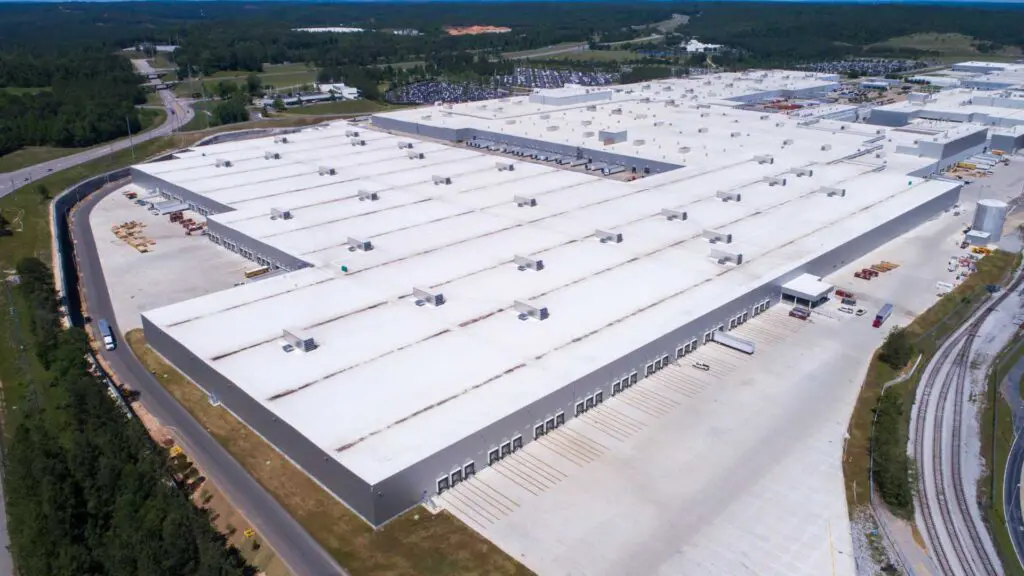
How Long Will an EPDM Roof Last?
One of the most significant advantages of EPDM roofing is its remarkable longevity. When properly installed and maintained, EPDM roofs can withstand the test of time, often lasting 25 to 30 years or more. Many manufacturers of EPDM roofing materials offer warranties that reflect this durability, assuring homeowners of the long-term performance of their roofs. The lifespan of an EPDM roof is influenced by factors such as local weather conditions, the thickness of the membrane, and the quality of installation. For instance, a thicker membrane may provide enhanced protection against extreme weather, ultimately contributing to a longer service life that withstands the test of time.
Additionally, the insulation properties of EPDM roofing play a crucial role in its longevity. By effectively regulating indoor temperatures, EPDM roofs can help prevent thermal expansion and contraction, which can lead to wear and tear over time. Thus, investing in high-quality insulation in conjunction with an EPDM roof can further enhance its durability, ensuring that it remains a reliable roofing solution for many years to come.
Installation Excellence by Wise Builders Roofing and Renovations
Wise Builders Roofing and Renovations, located in Mobile, AL, specializes in the expert installation of EPDM roofing systems. Our team of professionals ensures that each project benefits from the superior performance characteristics of EPDM, delivering a roofing solution that is both aesthetically pleasing and functionally superior.
The EPDM Roofing Installation Process
The installation of an EPDM roofing system is a meticulous process that demands expertise and precision:
- Surface Preparation: The existing roof surface is prepared or removed to create a clean, smooth substrate for the EPDM membrane.
- Insulation Layer: A layer of insulation is often installed to enhance thermal efficiency and provide a stable foundation for the membrane.
- Membrane Deployment: The EPDM membrane is rolled out, carefully aligned, and secured to the roof substrate, ensuring complete coverage and optimal performance.
- Seam Welding: The seams between membrane sheets are heat-welded to form a watertight bond, which is crucial for the long-term durability and effectiveness of the roofing system, and prevents water pooling.
- Detailing: Final touches include installing flashing and trim around edges, vents, and penetrations to ensure comprehensive protection against the elements.
Types of EPDM Roofing Systems
EPDM roofing systems come in various configurations, each tailored to meet specific needs and preferences. The most common types include fully adhered, mechanically attached, and ballasted systems. Each of these systems offers unique advantages, making them suitable for different roofing applications.
Fully adhered EPDM systems involve gluing the membrane to the roof substrate, providing a strong bond that minimizes the risk of billowing or lifting. Mechanically attached systems use fasteners to secure the membrane, allowing for some movement while still providing solid protection for the roof. Ballasted systems, on the other hand, utilize heavy materials such as gravel or pavers to hold the membrane in place, offering a unique solution for specific environmental conditions.
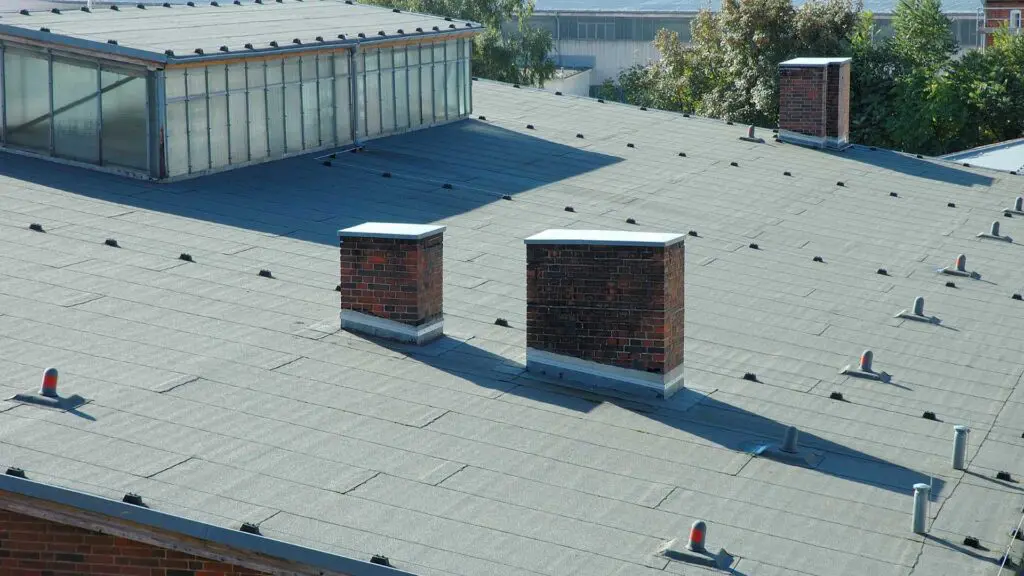
Fully Adhered, Mechanically Attached, and Ballasted Systems
| Type | Description | Pros | Cons |
|---|---|---|---|
| Fully Adhered | The membrane is glued directly to the substrate, creating a watertight seal. | Excellent wind resistance; minimal seams. | More labor-intensive and can be costly. |
| Mechanically Attached | The membrane is fastened to the roof with screws and plates, allowing for some expansion and contraction. | Quicker installation; cost-effective. | Potential for wind uplift if not installed properly. |
| Ballasted | The membrane is held in place by heavy materials like gravel or pavers, which allows for easy expansion and contraction. | Allows easy repairs; no adhesives required. | Heavy, may require additional structural support. |
This table illustrates the key differences among the three types of EPDM roofing systems, helping property owners make informed decisions based on their specific needs.
EPDM vs. Other Roofing Materials
When compared to traditional roofing materials such as EPDM (rubber roofing) and PVC, EPDM roofing offers a compelling array of benefits, including superior durability, enhanced energy efficiency, and a better environmental profile. As a result of its sustainable performance of building materials, its ability to withstand diverse environmental challenges, coupled with its cost-effectiveness, positions EPDM as the optimal choice for property owners seeking a balance between performance and value.
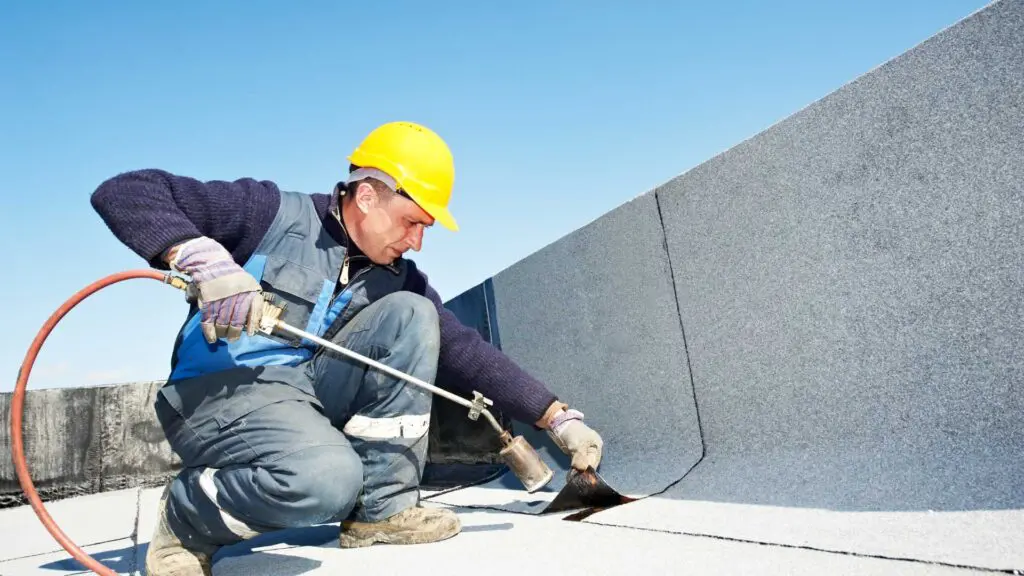
Conclusion
EPDM roofing represents a significant advancement in roofing technology, offering a blend of durability, energy efficiency, and environmental sustainability that is unmatched in the industry. With its myriad benefits and proven performance, EPDM roofing is an investment in the future, ensuring that properties are protected, efficient, and sustainable for years to come. At Wise Builders Roofing and Renovations, we are proud to specialize in EPDM roofing installations, providing our clients with solutions that exceed expectations and deliver lasting value. We are highly rated by the Better Business Bureau and Nextdoor and we have 5 stars on, Google, Trust Index and Facebook.
FAQ’s
EPDM roofing membrane raises many questions among property owners. One common query is about the overall durability of this roofing material. EPDM roofs are designed to withstand harsh weather conditions and can last for many years with proper maintenance. Another frequent concern revolves around installation; because the EPDM roofing membrane is available in various systems, it’s important to choose the right method based on the building’s requirements. Engaging with experienced professionals can help ensure that the installation meets the highest standards for longevity and performance.
What is EPDM roofing?
EPDM roofing, or Ethylene Propylene Diene Monomer roofing, refers to a single-ply synthetic rubber membrane widely used in commercial roofing applications. Known for its resilience, the EPDM synthetic rubber membrane is a preferred roofing material for commercial buildings, providing long-lasting protection against various weather elements while ensuring excellent insulation properties.
What are the disadvantages of EPDM roofing?
While EPDM roofing offers numerous benefits, it does have some disadvantages. For instance, it may be susceptible to moisture accumulation, leading to potential leakage if not properly installed or maintained, especially in areas like wall flashing. Additionally, the membrane’s thickness can affect its resistance to wind uplift, and the presence of pavers or other heavy materials can complicate repairs if leaks occur.
Which is better, EPDM or TPO?
When comparing EPDM to TPO (Thermoplastic Olefin), it often depends on the specific priorities of the project. EPDM is renowned for its durability and long lifespan, while TPO is favored for its reflective properties and energy efficiency. Ultimately, the better choice between the two roofing systems will depend on factors such as insulation needs, budget, and climate conditions.
How long do EPDM roofs last?
EPDM roofs are known for their impressive durability, typically lasting between 25 to 30 years or longer when properly maintained. Factors such as the thickness of the membrane and the quality of installation play crucial roles in determining the actual lifespan, with thicker membranes generally providing enhanced protection and durability.



